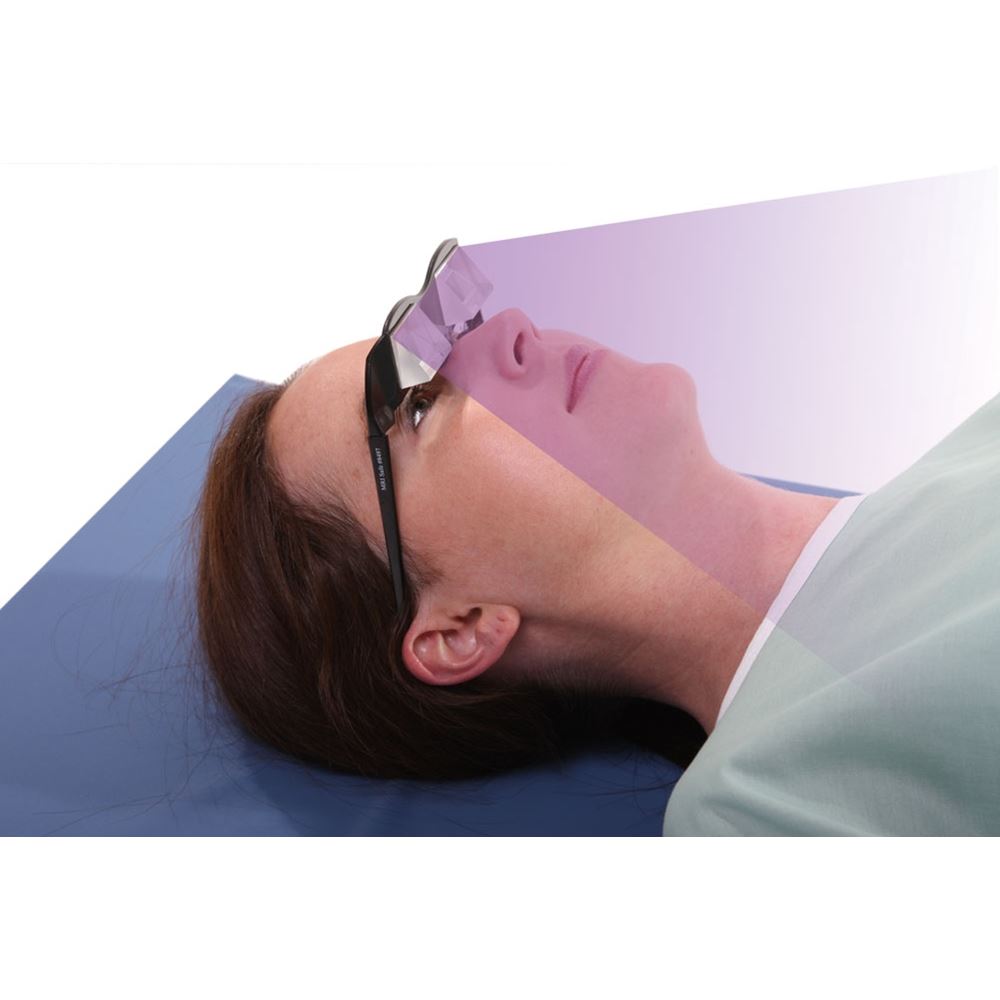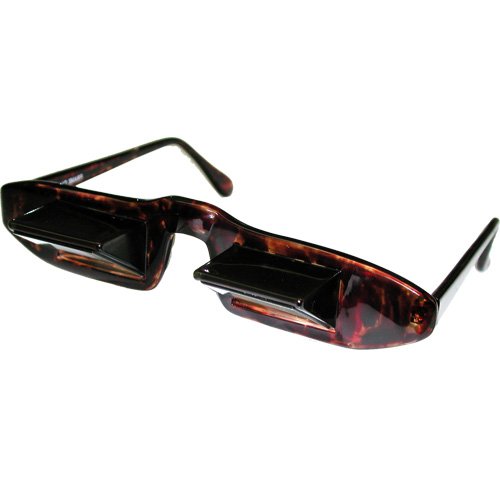

They may also experience reduced contrast sensitivity, which means it is more difficult to recognize textures or contrasts in their surroundings, such as a rug on the floor, the steps of stairs, or the difference between two similar colors next to each other. This can affect vision, and people may experience difficulty adjusting to dim lighting after being in bright light. In the early stages of AMD, people may have drusen, which are deposits of tissue, in the retina. The lower section allows people to see for reading, while the top section improves distance vision. There are various types of glasses available for people with AMD, including: Bifocal glassesīifocal glasses may help improve distance and near vision as the lenses are split horizontally into different sections. Vision Therapy Center at EYEcenter Optometric offers vision therapy to patients in Sacramento, Folsom, Roseville, Elk Grove and throughout California. This, in turn, will lead to improved balance and coordination, even when prisms are no longer used.Īt Vision Therapy Center at EYEcenter Optometric we will gladly answer your questions about the role prism lenses play in vision therapy. Your eyes will learn to work together again to regain clear and comfortable vision. The lenses and the exercises stimulate your brain, gradually developing a stronger eye-brain connection. Vision therapy employs a combination of prisms of various strengths. Another balance/coordination exercise could involve looking straight ahead while slowly walking, step by step, toe to heel. While walking or holding the object, your peripheral vision might be tested by identifying objects on either side while keeping your head steady.

To test your balance and depth perception, you might be asked to walk to a wall or down the office’s corridor or to hold an object and look at the top of it from an arm’s length distance.

Randy Fuerst with valuable information on the prisms’ effectiveness. Randy Fuerst will fit you with prism glasses, provide instruction and ask what you are seeing and experiencing. Randy Fuerst to discuss how vision therapy involving prisms might help. If you experience double vision, imbalance and depth-perception problems following an illness or head injury, schedule an appointment with Dr. Prisms will also improve patients’ 3D depth perception and spatial perception. Prisms are an integral part of vision therapy, which consists of customized exercises and lenses to improve visual skills and processing by retraining the brain and eyes to work together. This allows the two eyes to now perceive the object as a single image, removing the double vision, these lenses will also correct for refractive errors, so the patient sees clearly as well. Prism lenses address double vision by bending light rays onto the retina. When the eyes don’t work in tandem, an object seen by one eye may appear higher, lower, or to the right or left of its actual location, leading to double vision. That’s because their binocular vision - the eyes working together to focus on a single object or image - is not well developed. Some people, however, require prism lenses. These provide patients with perfect focus by correcting for refractive errors so light is correctly focused on the retina. Most patients who need eyeglasses to address nearsightedness or farsightedness are prescribed a combination of spherical and cylindrical lenses. How Prism Lenses Can Help in Vision Therapy What Are Prism Lenses?


 0 kommentar(er)
0 kommentar(er)
